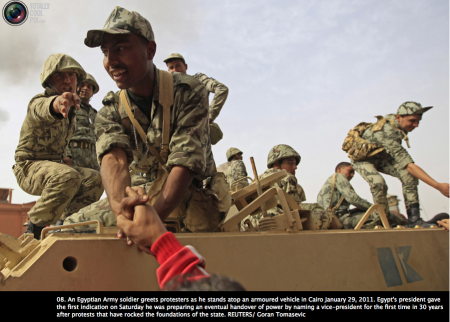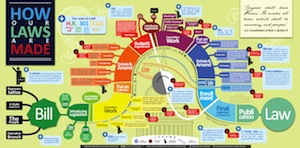
One of the more interesting observations from today’s reenactment of the ongoing protests in Egypt, was the almost instinctive eagerness of, at least some of the simulated protesters, to want to confront the simulated army.

One protester, who’d been given the role of “angry student demonstrator” was extremely eager to get in the face of the army.
We were, after all, playing a simulation game, and that particular student had been told that he was angry, frustrated with the lack of opportunities, and all riled up. However, the way the actual Egyptian protesters are dealing with the army is really important to observe. They’re treating them like the friends and brothers they actually are: taking them in, rather than fighting against them.
I did have one of the protesters offer to hug the “army”, so, in the end, I hope the message that co-option can be much better than confrontation.


